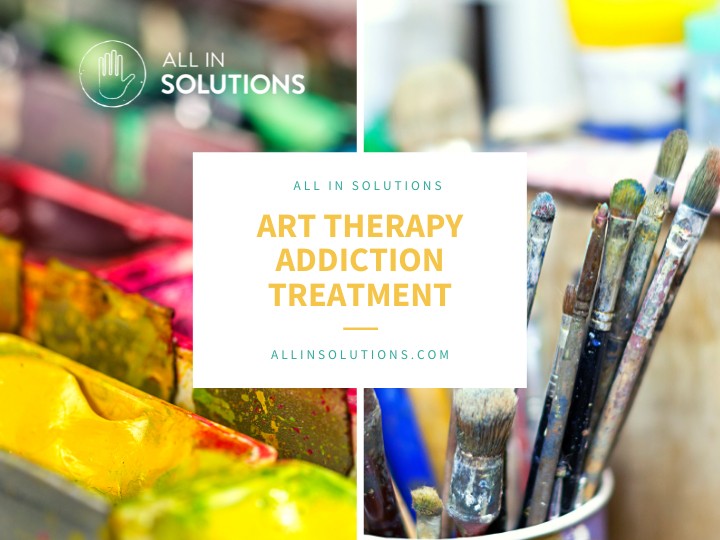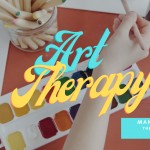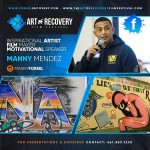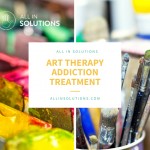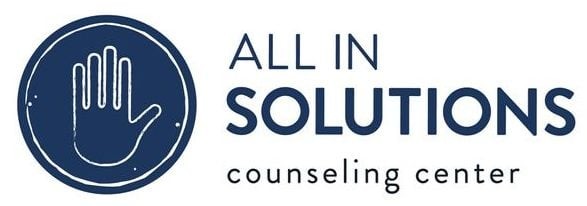The disease of addiction impacts an incredibly diverse range of people, all of whom come to rely on drugs and alcohol for different reasons. As a result, the best addiction treatment is often not a one-size-fits-all solution. Certain evidence-based therapies have come to be considered best practice by substance use disorder experts after years of study and successful application, but some patients' addictions are resistant to these methods. For these patients, alternative treatment methods can be an effective supplement to traditional treatment staples like cognitive behavioral therapy (CBT). Art therapy, for example, is a clinically proven alternative method of treatment with diverse applications that are growing with each new study. All In Solutions Counseling Center, an addiction treatment center in Boynton Beach, Florida, is exploring the potential of expression in recovery with their new art therapy rehab program.
What is Art Therapy?
According to the American Art Therapy Association, art therapy has a wide range of applications, including:
- Supporting personal and relational treatment goals
- Improving cognitive and sensory-motor functions
- Fostering self-esteem and self-awareness
- Cultivating emotional resilience
- Promoting insight
- Enhancing social skills
- Reducing and resolving conflicts and distress
- Advancing societal and ecological change
Creating art, even alone has been shown to relieve stress, aid communication, and promote brain health to reduce cognitive decline. Harvard Health wrote on the benefits of creative activities that drawing and painting enable people with dementia to reconnect with the world by stimulating memories, while also improving memory, reasoning, and resilience in older people.
Art has been proven repeatedly to benefit people with language limitations and the neurodivergent, including people with autism, but it has also helped make significant improvements in those with depression and anxiety.
In one review on the benefits of art therapy for emotional regulation, the authors state the difficulty of treating depression and anxiety with traditional therapy because sufferers often feel overwhelmed by their thoughts and feelings. They go on to say that depression and anxiety can result in feelings of helplessness and frustration, and as art therapy is a mind/body approach, working with resistive mediums like clay can alleviate this sense of helplessness by forcing them to use physical strength and energy to express themselves, in a way, showing them that they can confront and resolve their issues by their strength.
This inability to cope with strong thoughts and emotions is the trademark of many mental health conditions that lead the suffering to use substances to numb painful sensations. Consequently, relieving helplessness and giving a voice to undefinable emotions is one of art therapy’s most applicable benefits.
Those suffering from Post Traumatic Stress Disorder and Trauma, in general, are frequent beneficiaries of art therapy. As trauma is often a non-verbal affliction, rooted in images, sensations, and memories, art therapy has helped clients to contextualize and process painful memories in an intimate, yet safely distanced way to address and resolve trauma.
It’s clear to see that creative expression is an effective way to relieve the symptoms of many disorders, connect a person to themselves and their surroundings, and process difficult sensations and memories, so why not use art therapy for addiction treatment?
How Does Art Therapy Help During Addiction Treatment?
While it’s not universally true that those who suffer from addiction also have a co-occurring mental health condition, nearly half of all people with a substance abuse disorder have a mental health condition, too. Some mental health disorders are more likely to co-occur with substance abuse, as well, including Attention Deficit Hyperactivity Disorder (ADHD), Bipolar Disorder, and Personality Disorders.
Not every person who starts an abusive relationship with drugs or alcohol do it to cope with an existing problem, but statistics show a high likelihood that triggering emotions as a result of mental health issues is a very likely connection.
These triggers that initially prompted a person to use drugs or alcohol eventually reinforce them to continue using them. Situations, places, and activities a person associates with substance use become their triggers. This is supported in Albert Bandura’s, “A Socio-cognitive Analysis of Substance Abuse: An Agentic Perspective.”
In addition to stating the helpless, cyclical nature of addiction through these self-created triggers, Bandura also suggests that a person’s perceived self-efficacy plays a massive role in the likelihood of staying sober after a period of abstinence from substance abuse.
Art therapy claims to be able to improve a person’s sense of control, self-esteem, self-awareness, and emotional resilience. If all of this is true, then art therapy should be effective in treating the causes of addiction at its root.
It is effective in treating the root issues of substance abuse, but it’s also effective in reducing the negative effects of substance abuse and mental health issues on the person suffering from drug or alcohol dependence. Some benefits cited in a review on art therapy for addiction include:
- Reduced denial
- Reduced opposition to treatment
- Provided outlet for communication
- Lessened shame
- Broadened group discussion
- Motivation to change
- Motivation to act
According to this same review, because of the nature of expression through art, this sort of therapy called Complementary and Alternative Medical Practices (CAM) appeals to women, especially victims of sexual assault, adolescents, or anyone to whom art appeals or who has trouble expressing themselves verbally. Some other alternative treatments that fall under the umbrella of CAM include equestrian therapy, adventure/nature therapy, music therapy, and play therapy.
CAM is on the rise in addiction treatment for good reason. Trauma, physical triggers, and indescribable emotions are serious, subconscious reinforcers of maladaptive coping mechanisms like an addiction. Art therapy and other CAM treatments are great at making connections between these unspoken and unspeakable triggers and feelings in a safe and cathartic way.
Boynton Beach Addiction Treatment Center Offering Art Therapy
Boynton Beach, a South Florida city in Palm Beach County, is home to several addiction treatment providers. Florida is known by many as the "rehab capital of the world" and Palm Beach County has the most addiction treatment centers of any county in the state. All In Solutions Counseling Center, an inpatient and outpatient drug & alcohol rehab in Boynton Beach, recently upgraded its treatment program (which has been helping patients overcome substance abuse for over a decade) to include art therapy. The program's leader, Manny Mendez, is intimately familiar with the therapeutic power of creative expression. Creating art, sharing it, and teaching others to explore different mediums for expression have all been instrumental in his recovery and growth.
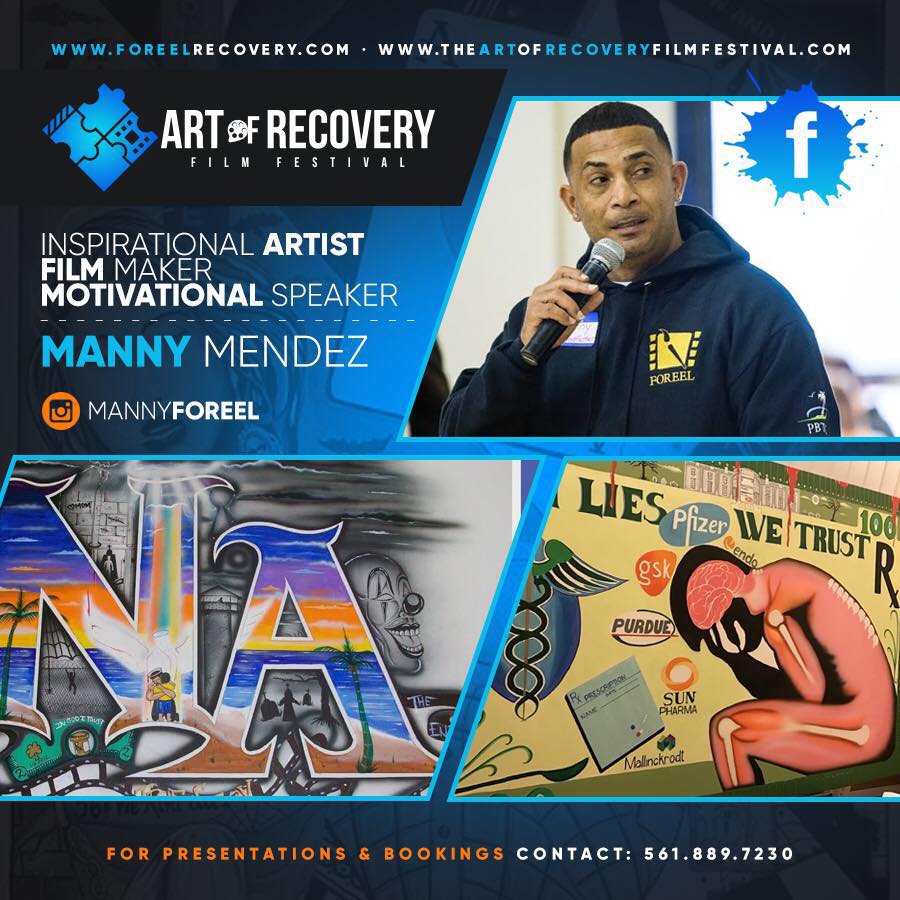
In his own words, Manny says, “Art has been the only thing that has allowed me to soul search. And while I do not always find the answers that I was looking for, it gives me some peace. And, for a person like me who could never achieve that, it’s huge. I’ve been painting consecutively now for 8 years and 9 months. In that time, I have also healed, and continue to use art as my first form of self-expression when trying to convey a message to the world. And that message is really about raising awareness about substance use disorder and wanting to empower the youth. It was as a youth that I found this gift that later helped me through the loss of 11 years of my life, and later became my PURPOSE.”
For more information on Manny, art therapy, or addiction treatment in Boynton Beach, contact All In Solutions Counseling Center.
